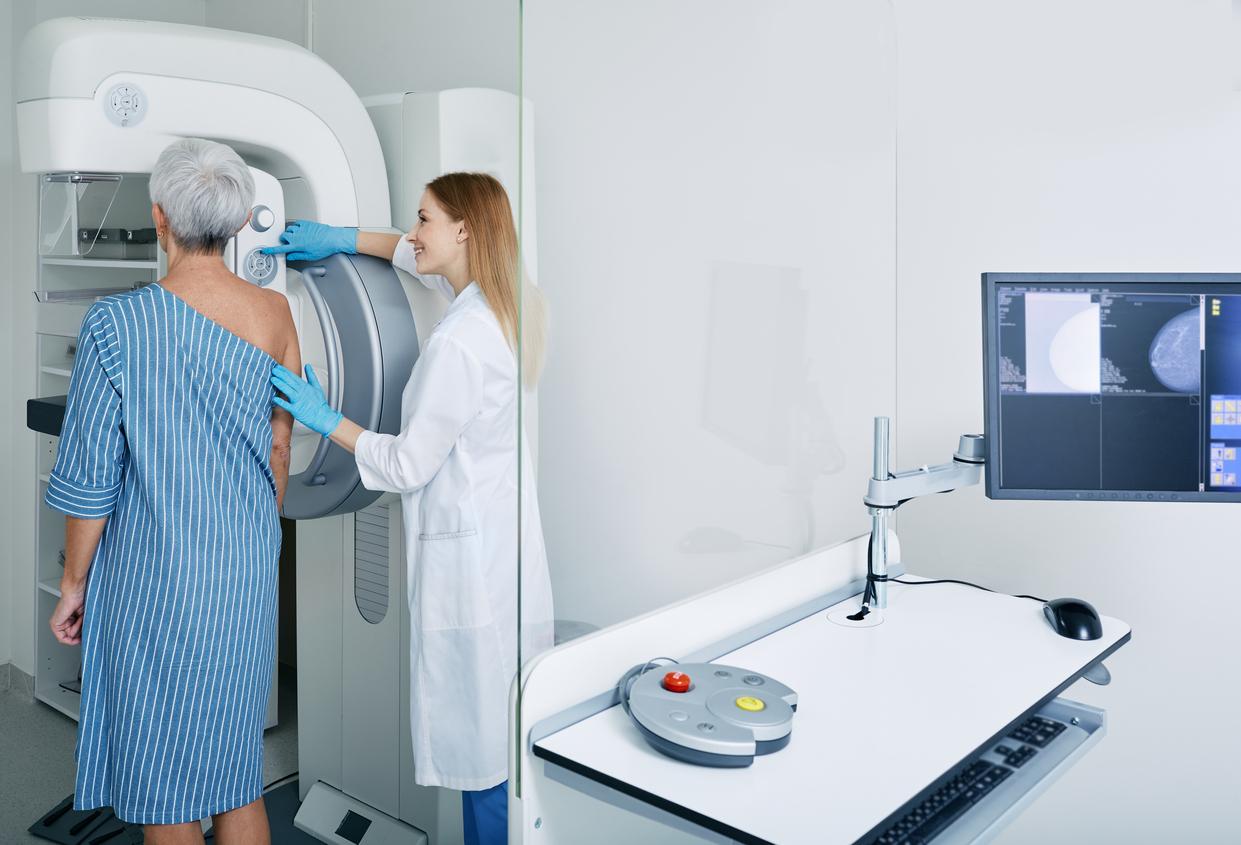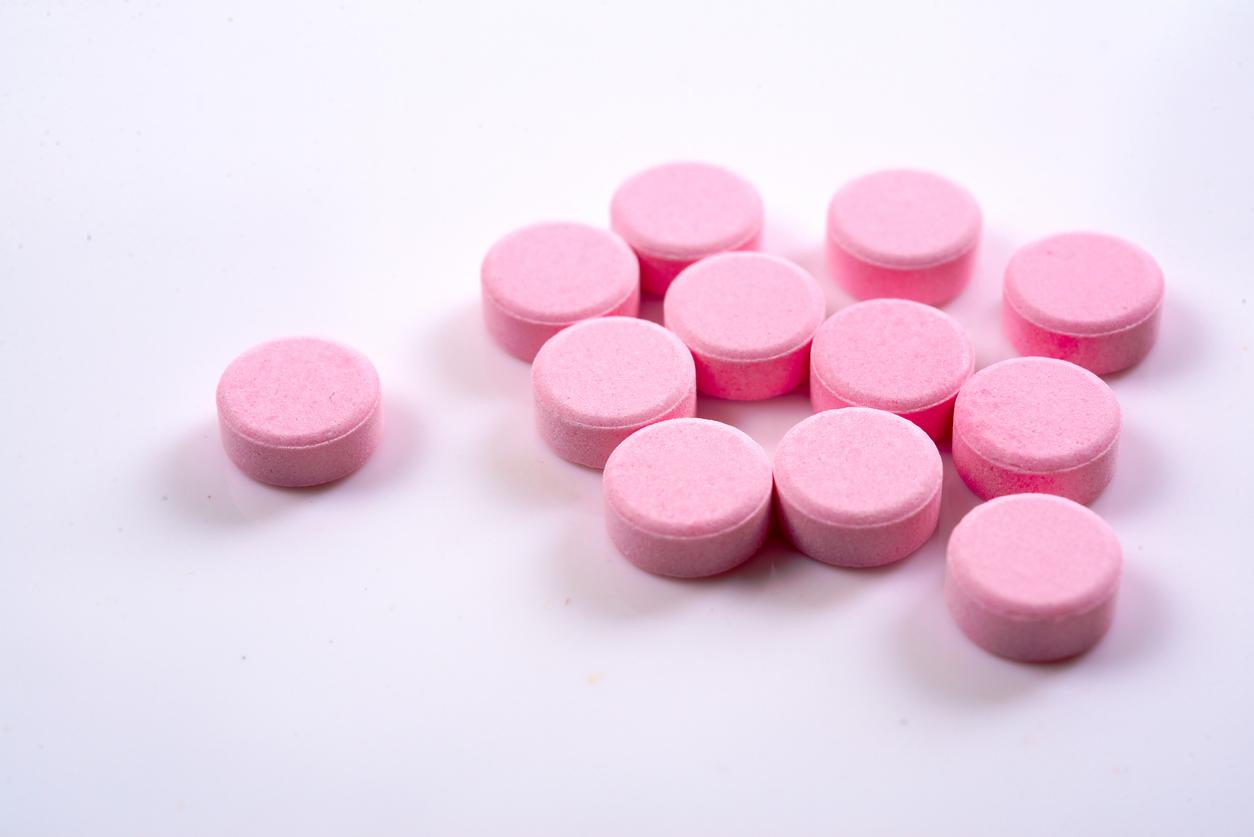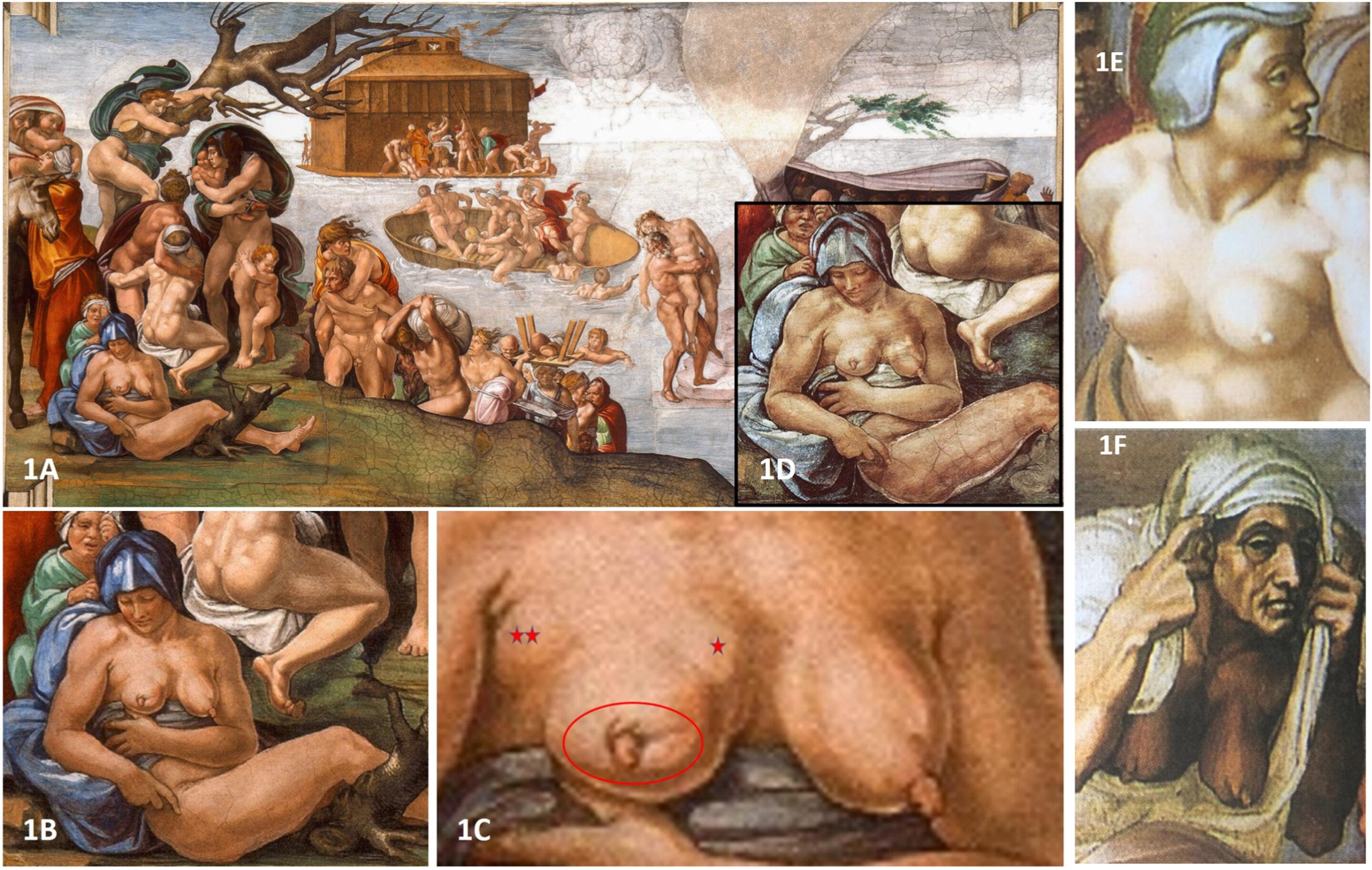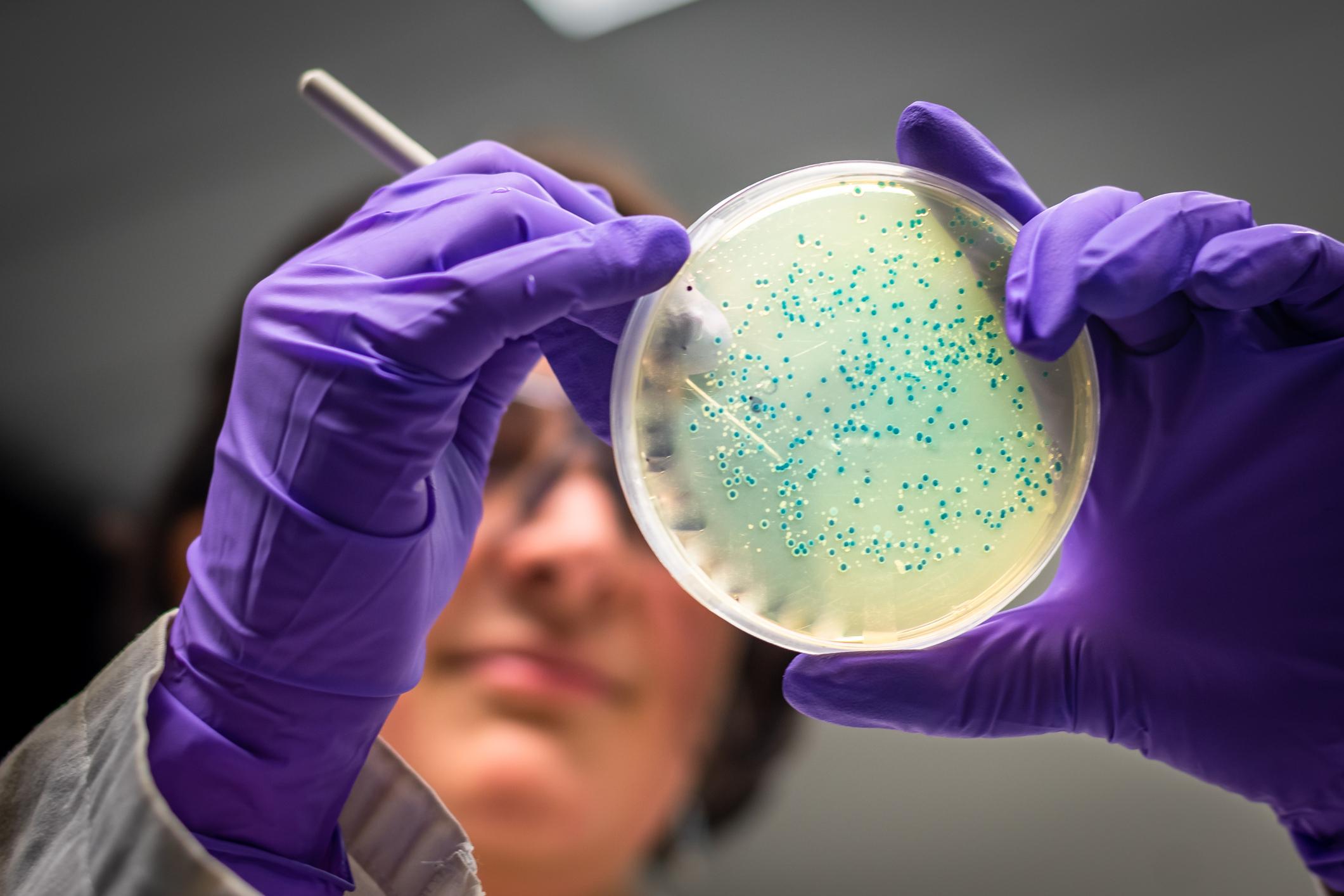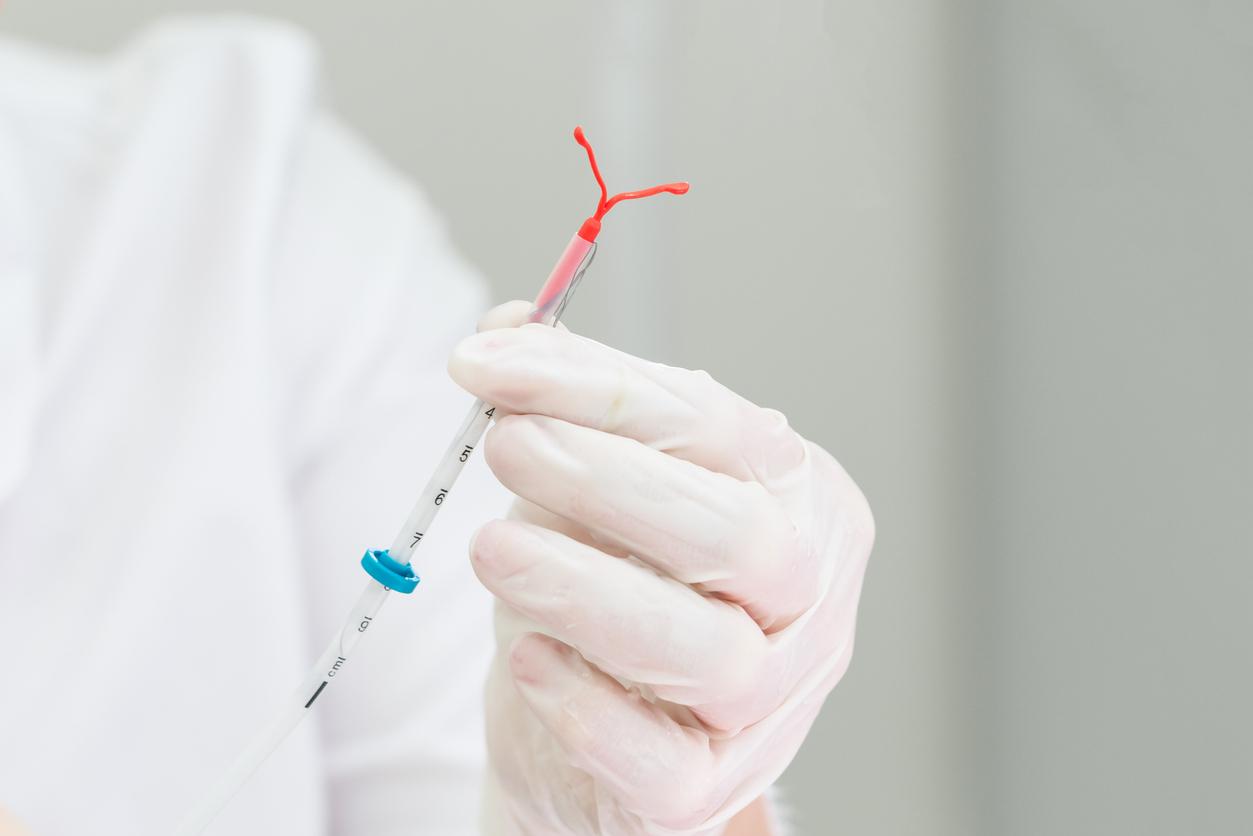Although survival rates and risks of recurrence are similar, giving higher doses of radiation therapy in the short term is safer, more convenient for patients, and less expensive.

- Moderate hypofractionated radiotherapy delivers a total dose of approximately 50 Gray (Gy) in 13 to 16 fractions of 2.65-3.3 Gy over 3 to 5 weeks, a shorter duration than conventional therapy.
- The latter reduces the risk of acute radiation dermatitis, hyperpigmentation and breast shrinkage.
- Moderate hypofractionation, which is as effective as conventional radiotherapy, improves the aesthetic appearance and quality of life of patients.
Surgery, hormone therapy, chemotherapy… There are several treatments for breast cancer. The list also includes radiotherapy, which destroys cancer cells by blocking their ability to multiply. As a reminder, conventional fractionated radiotherapy (i.e. distributing the dose of rays or radiation to be delivered over several sessions) has been indicated for most patients since the 1970s. It generally delivers a total dose of around 50 Gray (Gy) in 25 to 28 fractions of 1.8 to 2 Gy over a period of 5 to 6 weeks. However, a new study shows that radiotherapy treatment over a period of three weeks instead of five gives equally effective results.
Breast cancer: lower risk of acute radiation dermatitis thanks to moderate hypofractionated radiotherapy
To reach this conclusion, an international team of researchers wanted to provide a comprehensive assessment of the different fractionation schedules in breast cancer radiotherapy, with a focus on side effects (including hyperpigmentation and breast shrinkage), aesthetic consequences, quality of life, risk of recurrence and survival outcomes. In the work, published in the journal The BMJscientists used scientific databases to identify randomized controlled trials published up to October 23, 2023 that compared conventional fractionation, moderate hypofractionation (13 to 16 fractions of 2.65-3.3 Gy over 3-5 weeks), and ultra-hypofractionation (schedule of only 5 fractions).
Of 1,754 cohorts, 35 studies conducted between 1986 and 2023 and involving 20,237 patients who underwent breast-conserving therapy or mastectomy were evaluated. The results revealed that moderate hypofractionation reduced the risk of acute radiation dermatitis by 46% in patients who underwent breast-conserving treatment and by 32% in patients who underwent mastectomy, compared with conventional fractionation. According to the authors, hyperpigmentation and breast shrinkage were also less frequent after more powerful and fewer radiation sessions.
“Shorter irradiation protocols should now be considered the standard approach”
Moderate hypofractionated radiotherapy has also been associated with improved cosmetic appearance and quality of life in women compared with conventional fractionation. “The data on ultra-hypofractionation are less conclusive, but its safety and efficacy appear to be similar through the end of the year,” the team said. As for survival rates and recurrence risks, the data were similar between ultra-hypofractionation, moderate hypofractionation and conventional fractionation.
“Given the benefits of reduced treatment duration and side effects, improved patient convenience, and potential cost-effectiveness, shorter radiation regimens should now be considered the standard approach, while longer regimens (25 or more fractions) should be reserved for highly selected cases. Further research and longer follow-up are needed to definitively determine the optimal use of hypofractionated therapy and to consolidate these findings,” can be read in the conclusions.











